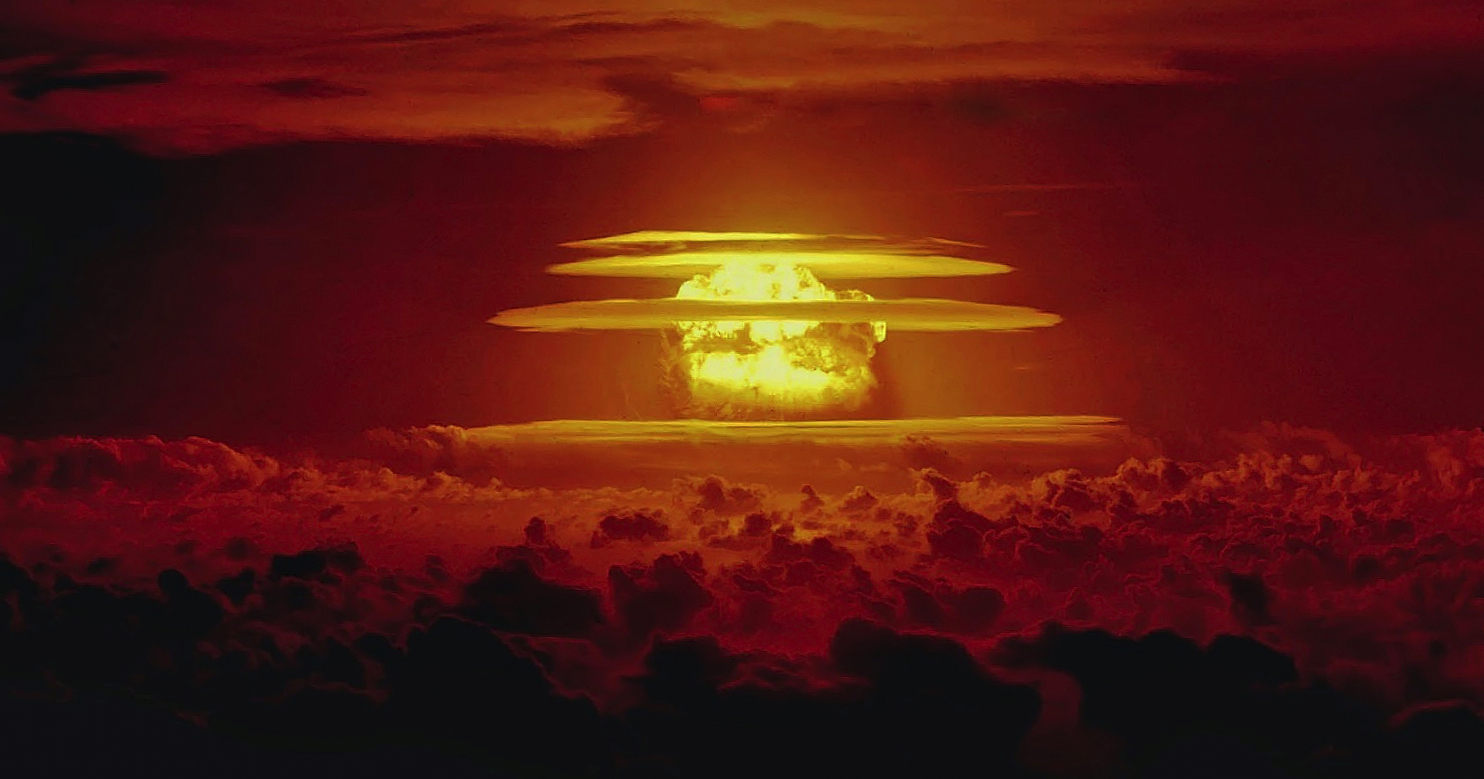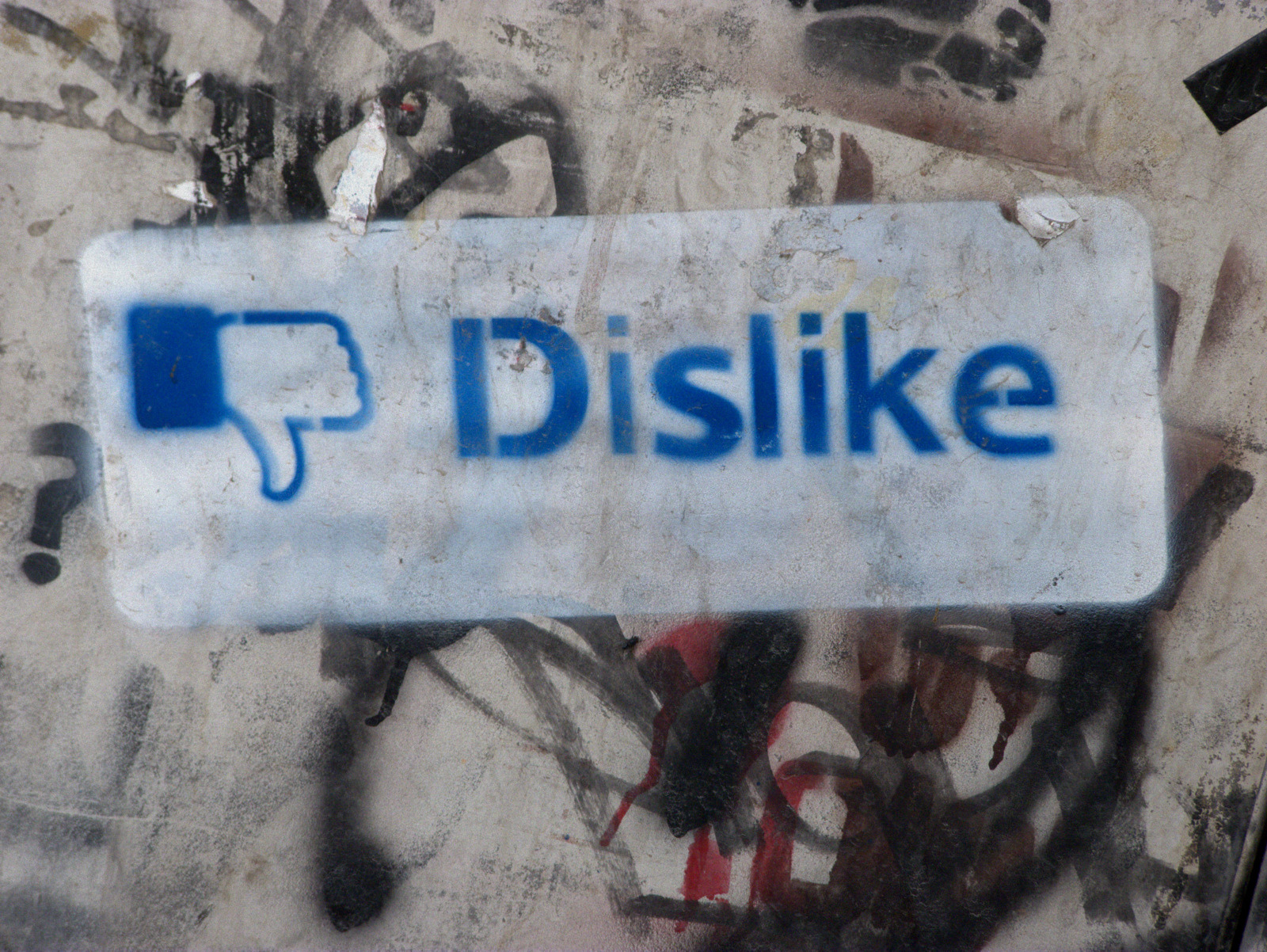With the increasing concern over nuclear war resulting from the Russian invasion of Ukraine and Vladimir Putin’s bizarre nuclear threats, many are asking can we survive a nuclear attack.
While doomsday scenarios from a full-scale nuclear exchange between the United States and Russia firing a total of more than 10,000 nukes paint a dismal picture for any survival, smaller, limited or tactical nuclear strikes may be a different story.
As ADN has noted previously, Russia’s nuclear weapons doctrine calls for ‘escalation to de-escalate,’ or using some nukes to prevent the use of more.
This makes limited nuclear attacks more likely in a conflict such as now in Ukraine.
In that case, the question of surviving a ‘limited’ nuclear strike, or tactical nuclear detonation, becomes more real and practical.
By limited we mean only a small number of weapons used. By tactical, we mean low-yield weapons as described in the previous ADN piece.
To predict how likely you are to survive an atomic blast we need to break down the science of nuclear bombs. Most U.S. nuke warheads are in the 400-kiloton range, while the Russians possess far larger warheads in the one-plus megaton range.
The explosive yield (destructive force) of nuclear bombs is measured in kilotons (one kiloton equals the explosive force of 1,000 tons of TNT) or megatons (one megaton equals the explosive force of 1,000,000 tons of TNT).

The video below from New York Magazine’s Daily Intelligencer is intentionally scary, as it should be, but as it shows how in any nuclear detonation, where you are, and what you do could mean the difference between life and death.
Meanwhile, Science Alert explains:
…approximately 35 percent of the energy of a nuclear blast is released in the form of thermal radiation. Since thermal radiation travels at approximately the speed of light, the first thing that will hit you is a flash of blinding light and heat.
The light itself is enough to cause something called flash blindness – a usually temporary form of vision loss that can last a few minutes.
The AsapSCIENCE video considers a 1 megaton bomb, which is 80 times larger than the bomb detonated over Hiroshima, but much smaller than many modern nuclear weapons.
For a bomb that size, people up to 21 km (13 miles) away would experience flash blindness on a clear day, and people up to 85 km (52.8 miles) away would be temporarily blinded on a clear night.
Heat is an issue for those closer to the blast. Mild, first-degree burns can occur up to 11 km (6.8 miles) away, and third-degree burns – the kind that destroy and blister skin tissue – could affect anyone up to 8 km (5 miles) away. Third-degree burns that cover more than 24 percent of the body would likely be fatal if people don’t receive medical care immediately.
Science Alert adds:
“Within a 6-km (3.7-mile) radius of a 1-megaton bomb, blast waves would produce 180 metric tons of force on the walls of all two-story buildings, and wind speeds of 255 km/h (158 mph). In a 1-km (0.6-mile) radius, the peak pressure is four times that amount, and wind speeds can reach 756 km/h (470 mph).
Science Alert notes: “If you somehow survive all of that, there’s still the radiation poisoning to deal with – and the nuclear fallout.” Which is an altogether different and serious issue.
The U.S. government provides practical information on how to prepare for and survive a nuclear blast. It is worthwhile reading.
The bottom line is that as horrific as any nuclear strike would be, you can survive a nearby nuclear detonation, especially if it is part of a fairly limited nuclear exchange.
Your survival rate rises the farther from ground zero (point of impact) you are when it goes off, what type of cover/protection you have, and is affected by the size/yield of the detonation, and how many nukes have been used in total.
Whether it’s a ground or air burst also has an impact on how much radioactive fallout there is. The longer you can stay away from the fallout – whose radioactivity degrades quickly in a few days – the higher your long-term survival.
The longer-term effects and damage to you, and all of us, depends on the number and yields of nukes used. But the less weapons used, and the smaller the yields, the higher the survival rate for everyone concerned.
At least, of course, for those not within, or very close to, ground zero itself.
The opinions expressed in this article are those of the author and do not necessarily reflect the positions of The Republican Standard.






